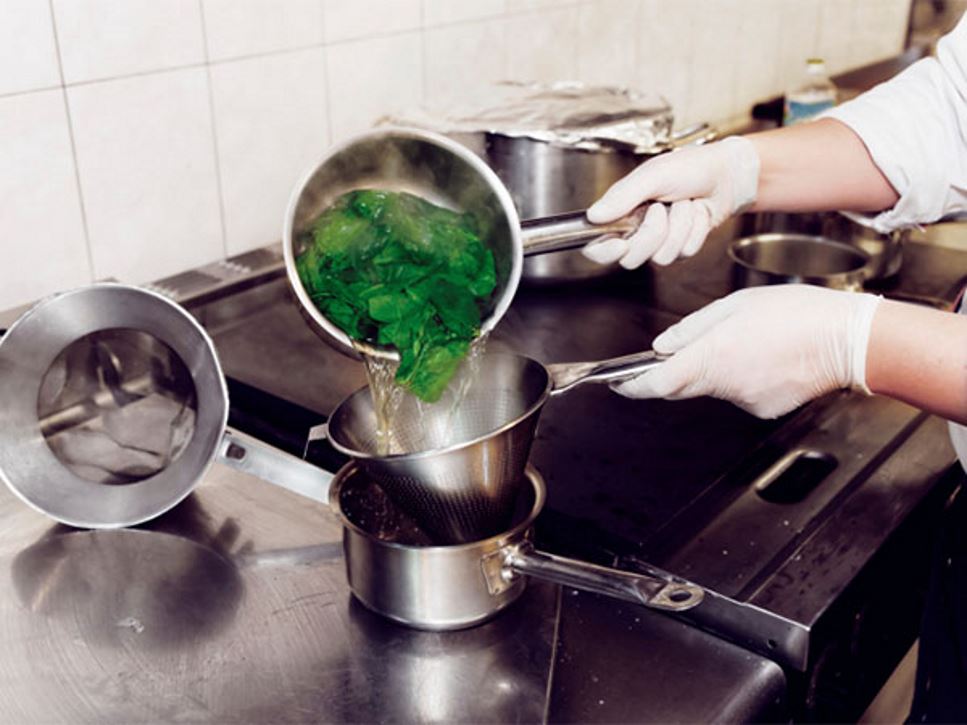Freezing is a great way to preserve food. But when it comes to freezing fresh produce, there is more involved than just putting food directly into the freezer. One solution to this problem is to blanch certain foods before you freeze them. Blanching helps foods keep their color and flavor.
Blanching is great for many vegetables and some firm fruits, such as apples and pears. Other foods, such as meat, don’t need to be blanched before freezing.
What is Blanching?
Blanching is a two-step process. Food is briefly cooked in boiling water or steam. It's then quickly placed in ice water to prevent it from cooking all the way through.
The amount of time needed to blanch different vegetables varies. It’s important to follow the recommended times for specific vegetables. Over-blanching can cause food to lose flavor, color and nutrients. Under-blanching can increase enzyme activity.
Why Blanch Food?
Here are a few reasons to blanch vegetables:
- Blanching helps to preserve the flavor, color and texture of fresh produce when it’s frozen.
- Blanching helps slow the loss of vitamins.
- Blanching helps cleanse the surface of dirt and some bacteria.
How to Blanch
There are two major steps involved in blanching foods. First, the food must be submerged in boiling water. Second, it must cool quickly.
For every pound of vegetables, use at least one gallon of water to blanch. Leafy green vegetables require twice as much water. Before blanching, wash vegetables and remove the peels or skins, if desired. If you don't plan on freezing vegetables whole, slice, chop or cut them before blanching.
When the water is boiling, add the vegetables to the pot and cover tightly. The water should return to boiling within a minute of adding the vegetables. As soon as water returns to a boil, the blanching countdown begins. Place the vegetables in a wire basket to help remove them quickly and easily when they’re ready.
Cool vegetables quickly to stop the cooking process after blanching. To do this, plunge the vegetables into a large bowl of cold water, 60˚F or below. Change the water frequently or use one pound of ice for each pound of vegetables to help keep the water cold. It should take about the same amount of time to cool vegetables as it did to blanch them. Drain vegetables in a colander after they’ve cooled and lay flat on a clean towel or paper towels to let them dry. Extra moisture can reduce quality when vegetables are frozen.
Pack your blanched vegetables in food-safe plastic freezer bags or rigid containers before storing in the freezer. Allow some extra space in the container before sealing, as some items may expand when frozen.
See blanching times for various vegetables from The National Center for Home Food Preservation.
References
Find a Nutrition Expert
Looking for credible nutrition information and recommendations? The Academy of Nutrition and Dietetics' network of credentialed food and nutrition practitioners are ready to help!

